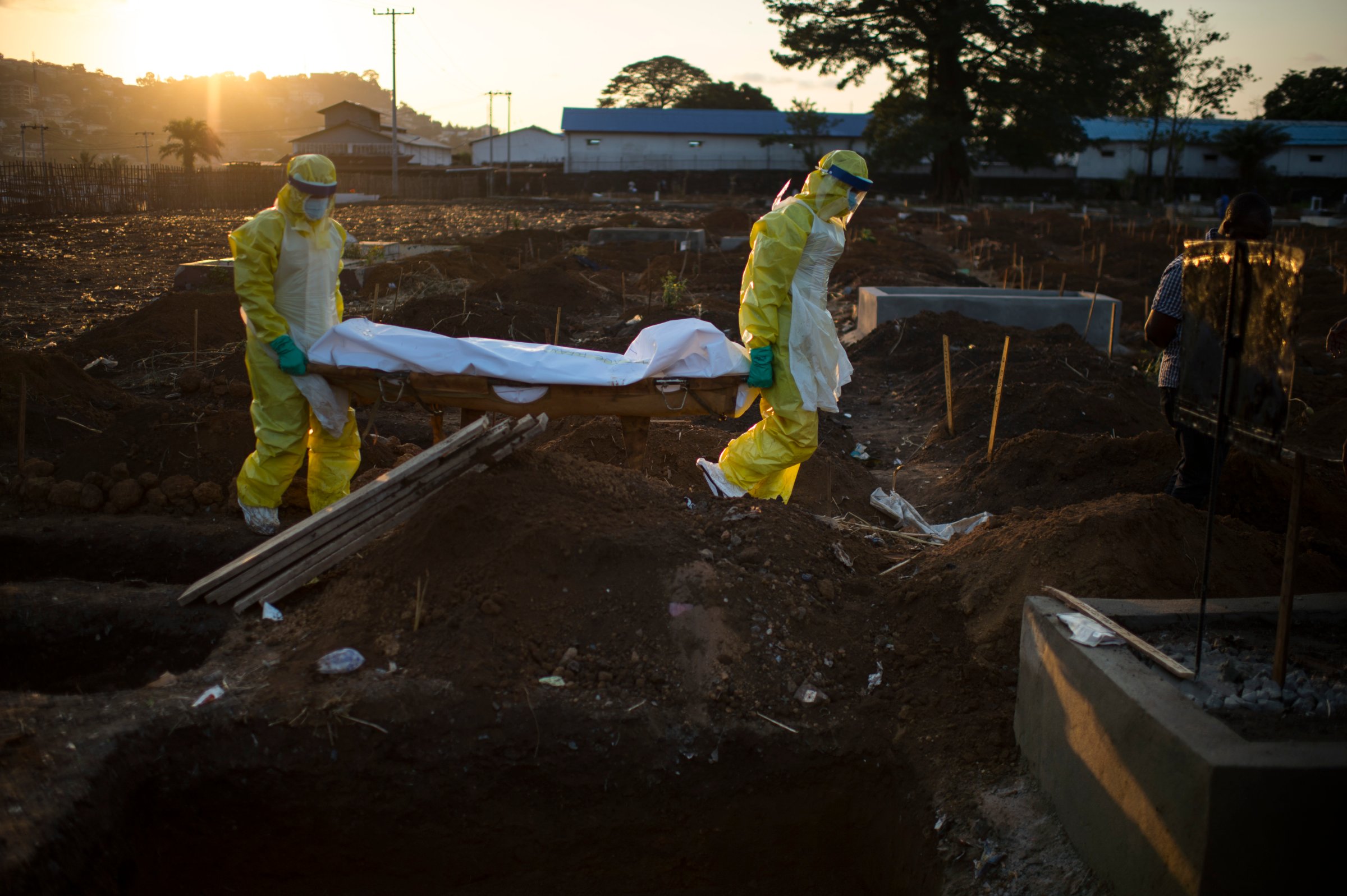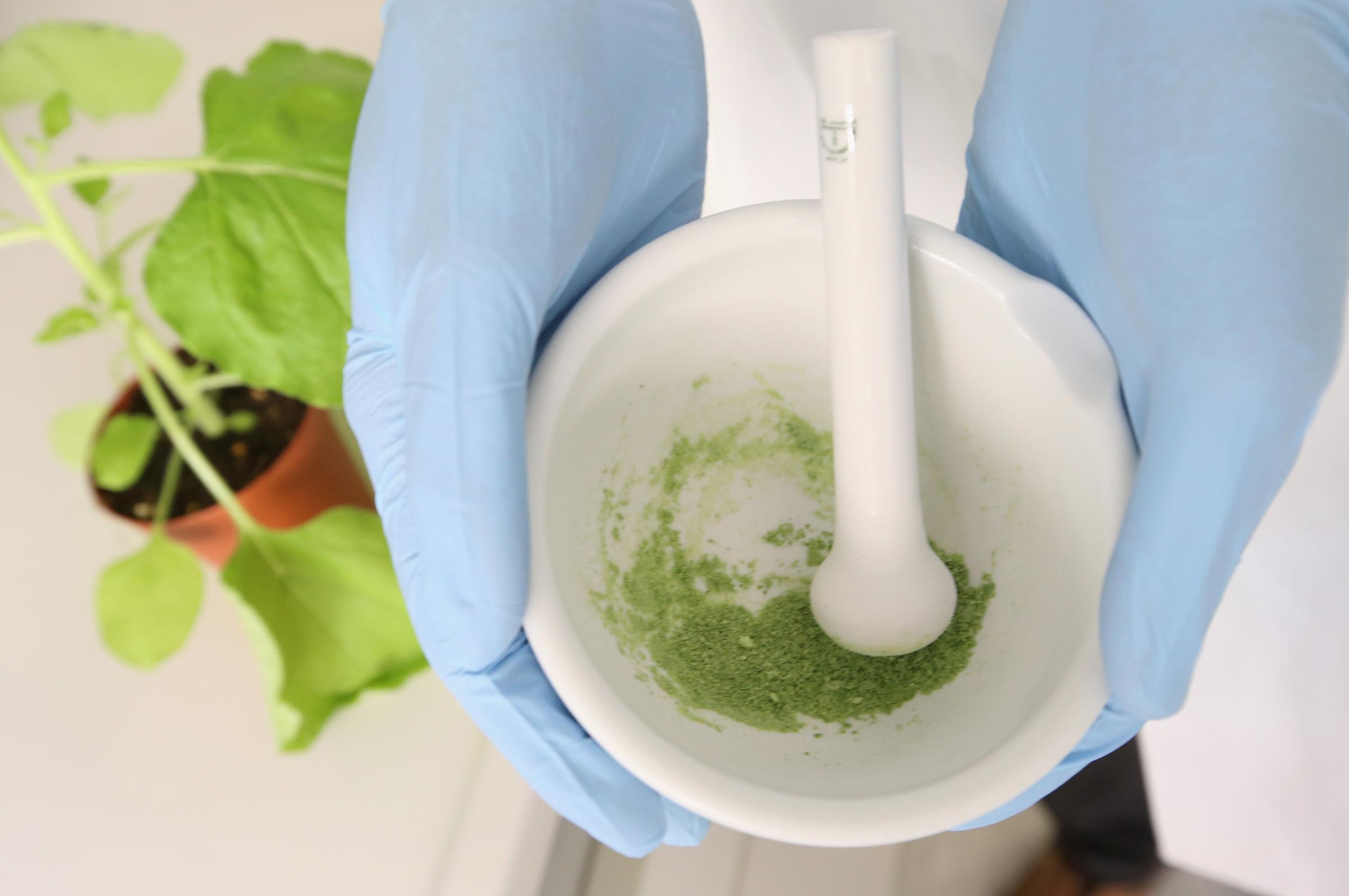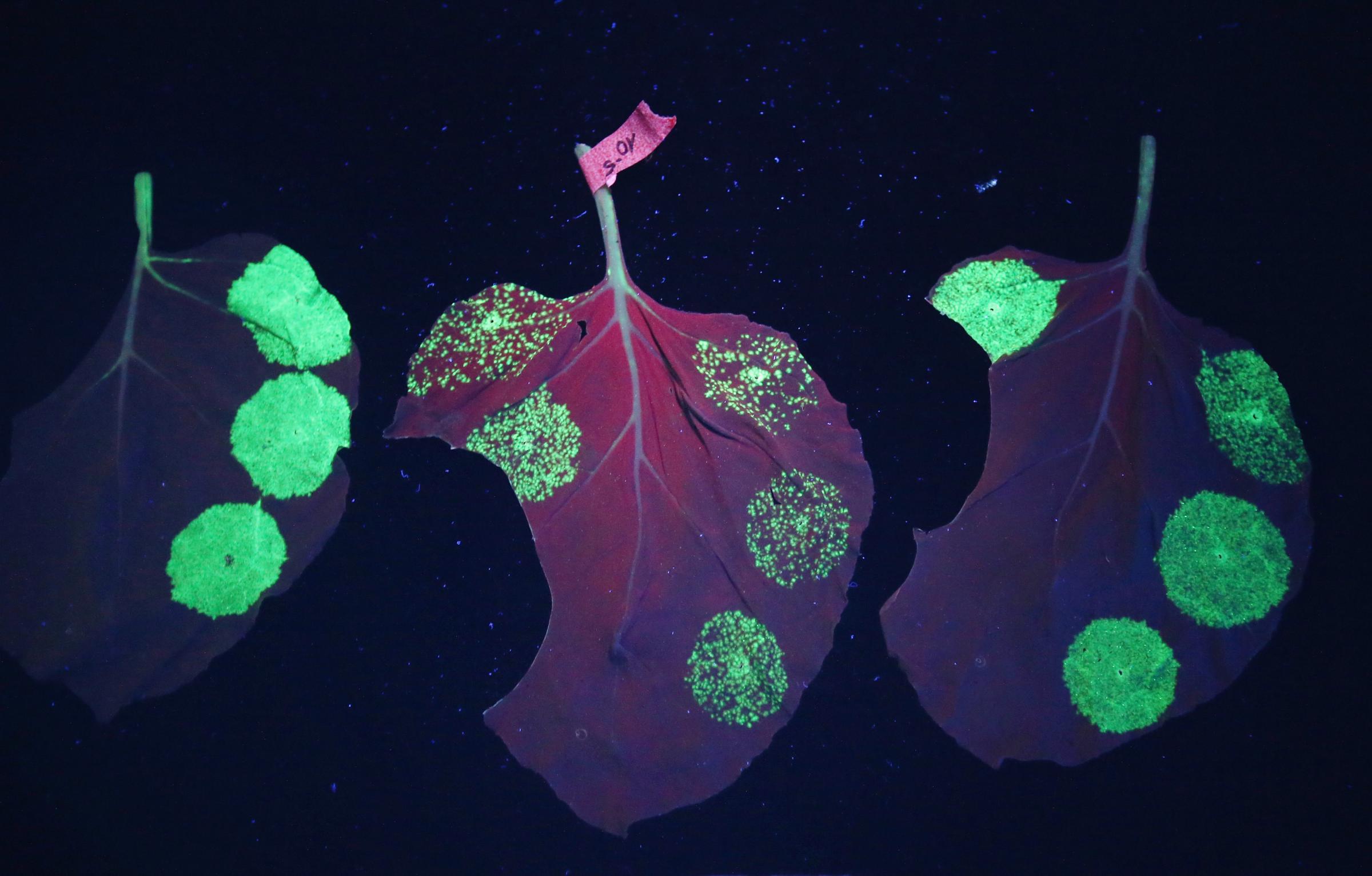
Sierra Leone will “soon” dethrone Liberia as the hardest-hit country in West Africa’s Ebola outbreak, the World Health Organization cautioned Wednesday.
Nearly one-fifth of Sierra Leone’s total cases of Ebola were reported in a three-week period that ended Sunday, according to new figures released by the global health agency. WHO reports that 1,339 of the country’s 6,599 known cases (including 1,398 deaths) were reported in the 21 days prior to Nov. 23.
Six hundred cases were reported throughout the three most-affected countries overall in the past week.
Transmission remains “intense” in Sierra Leone, the assessment states, mostly due to heavy transmission in the western and northern regions. That’s in contrast with Guinea, where more than 2,100 cases (including 1,260 deaths) have been reported, and in Liberia, which is currently the worst-hit, with 3,016 of its 7,168 cases having proven fatal.
See The Tobacco Leaves That Could Cure Ebola






The uptick comes after the United Nations recently announced it will not reach its goal of Ebola containment in the three most-impacted nations by Dec. 1.
The U.N. Mission for Ebola Emergency Response (UNMEER) has deployed personnel and resources to West Africa to control the outbreak. Some experts say more mobile treatment facilities are needed instead of large 100+ bed facilities, since many of the countries’ outbreaks are popping up in regions that are more spread out and hard to reach.
In Sierra Leone, however, the capital of Freetown remains the worst-affected area. Overall, more than 15,935 people have contracted the virus, resulting in at least 5,689 deaths.
More Must-Reads From TIME
- The 100 Most Influential People of 2024
- Coco Gauff Is Playing for Herself Now
- Scenes From Pro-Palestinian Encampments Across U.S. Universities
- 6 Compliments That Land Every Time
- If You're Dating Right Now , You're Brave: Column
- The AI That Could Heal a Divided Internet
- Fallout Is a Brilliant Model for the Future of Video Game Adaptations
- Want Weekly Recs on What to Watch, Read, and More? Sign Up for Worth Your Time
Contact us at letters@time.com